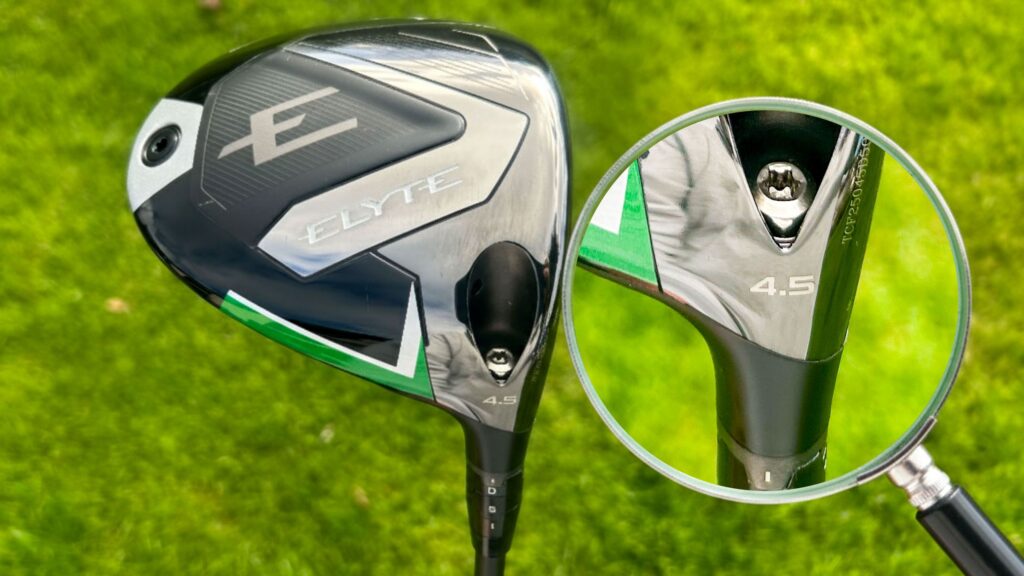Prior to a chance encounter with a friend in Scotland last year, I would have considered a 4.5˚ driver a torture device, something designed exclusively for the world’s most powerful, elite swingers. In my mind, hitting a drive with that little loft required absolute perfection with zero margin for error.

(Image credit: Future)
Yet, after a single, shocking encounter with a competitive long drive driver head, I’ve found myself questioning everything I thought I knew about driver optimization.
The catalyst for this curiosity came last year at a media event at Turnberry, where I was paired up with my friend and European Long Drive Champion, James Tait. Intrigued by the absurdly low loft he was wielding (from memory, it may have even been a 4˚ head lofted down to 2˚!), I asked him if I could take a swipe with it off one of the par 4s early on the back nine.
You may like
For context, James’s driver was in a full long drive setup, complete with a hugely flexible TPT shaft, and he was understandably skeptical of my ability to launch it. He gave me a brief but critical instruction: tee it up almost double my normal height, and make sure I hit as up on the ball as I possibly could with the feeling of hitting a high draw.
I obediently followed his instructions and proceeded to launch a shot right out the middle of the face that carried approximately 330 yards straight down the middle of the fairway, much to all of our disbelief!
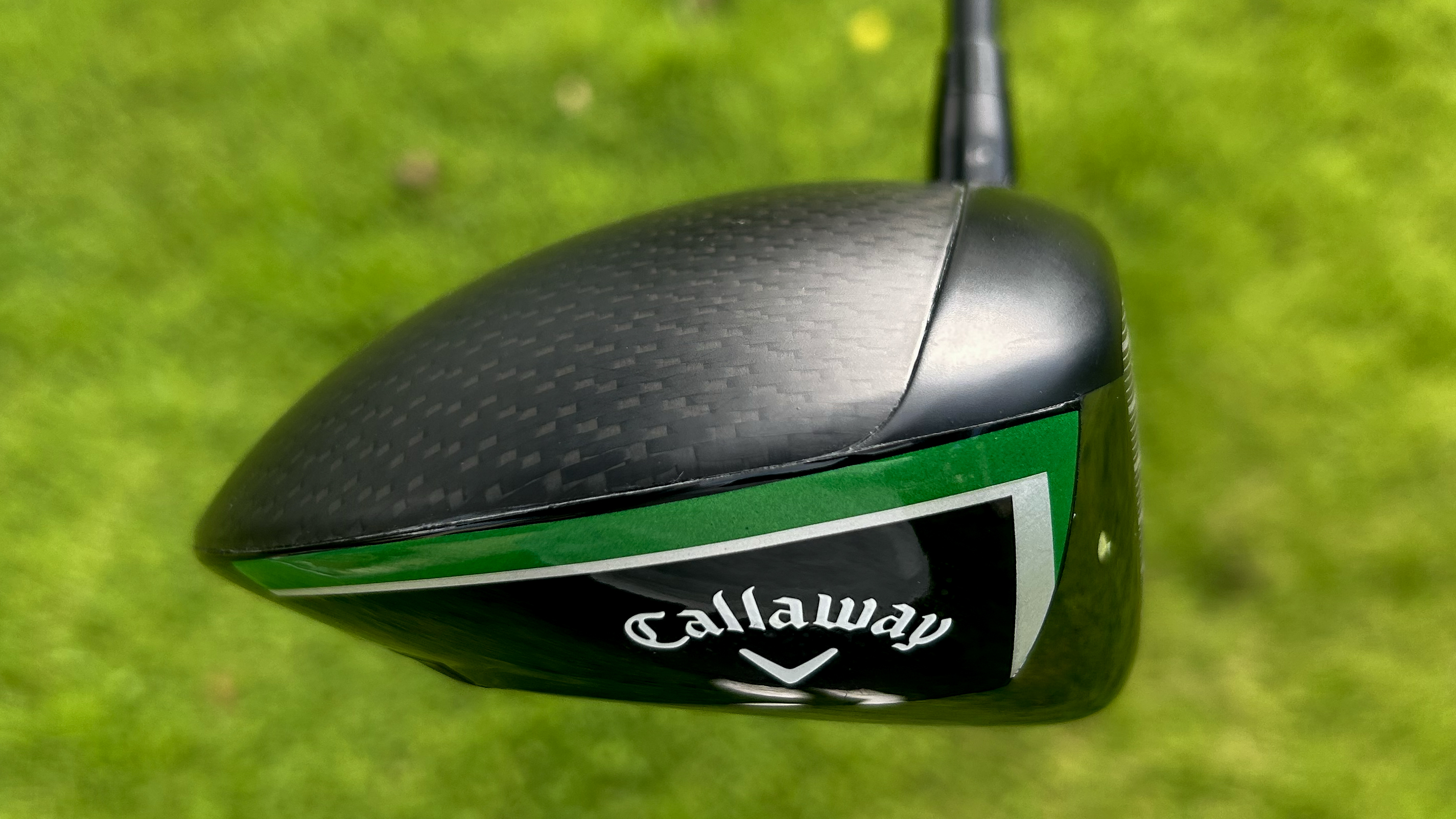
(Image credit: Future)
My interest piqued, I borrowed the club off every tee coming in and, unbelievably, kept getting the same result. The image of those monstrous, soaring drives stuck in my mind for weeks.
Over the next few months, I couldn’t shift the image from my mind, and to scratch the itch, I contacted my good friend Jack at Callaway Golf to see if there was any possibility of getting hold of my own head to do some experimenting with.
A few months later (these heads are pretty hard to come by), it turned up on my doorstep: the Callaway Elyte long drive head at a terrifying base loft of 4.5˚!
The Elyte long drive head wasn’t like anything I had seen before, and certainly isn’t a head you could purchase in a store, not just because of the absurdly low loft. It is something of a hybrid between the Elyte Triple Diamond model and the core Elyte driver—more similar in shape to the core model, but without the weight ports.
Image 1 of 3
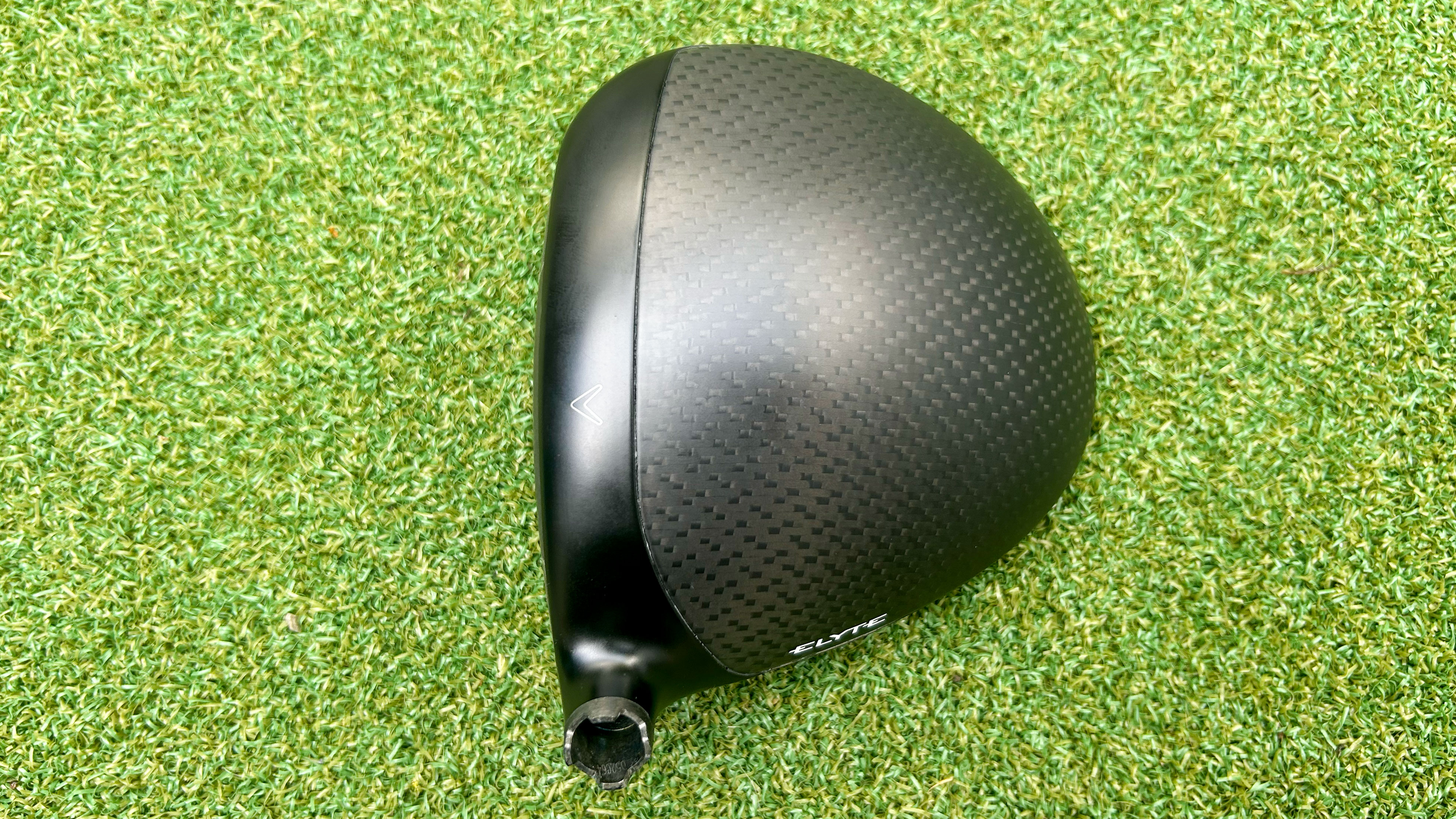 Callaway Elyte Long Drive head(Image credit: Future)
Callaway Elyte Long Drive head(Image credit: Future) Callaway Elyte Triple Diamond head(Image credit: Future)
Callaway Elyte Triple Diamond head(Image credit: Future) Callaway Elyte Core head(Image credit: Future)
Callaway Elyte Core head(Image credit: Future)
Crucially, despite what many people think, these long drive heads are R&A and USGA conforming and can be used legally in any competition, as the clubfaces are completely within the legal COR limits.
I immediately fitted it with the shaft I do almost all of my driver testing with, a Fujikura Ventus Black 6-X, and took it out for a testing session on the practice ground with my Foresight Sports GC3 launch monitor. The results were pretty staggering and certainly interesting enough to warrant further investigation.
My average carry increased by basically a full 20 yards over my current gamer, which is obviously a more orthodox setup. I also noticed a 2-mile-per-hour increase in my clubhead speed, too, which I would probably attribute to the slightly lighter clubhead on the long drive head (I measured it at 192g as opposed to the 197g of my own normal driver).
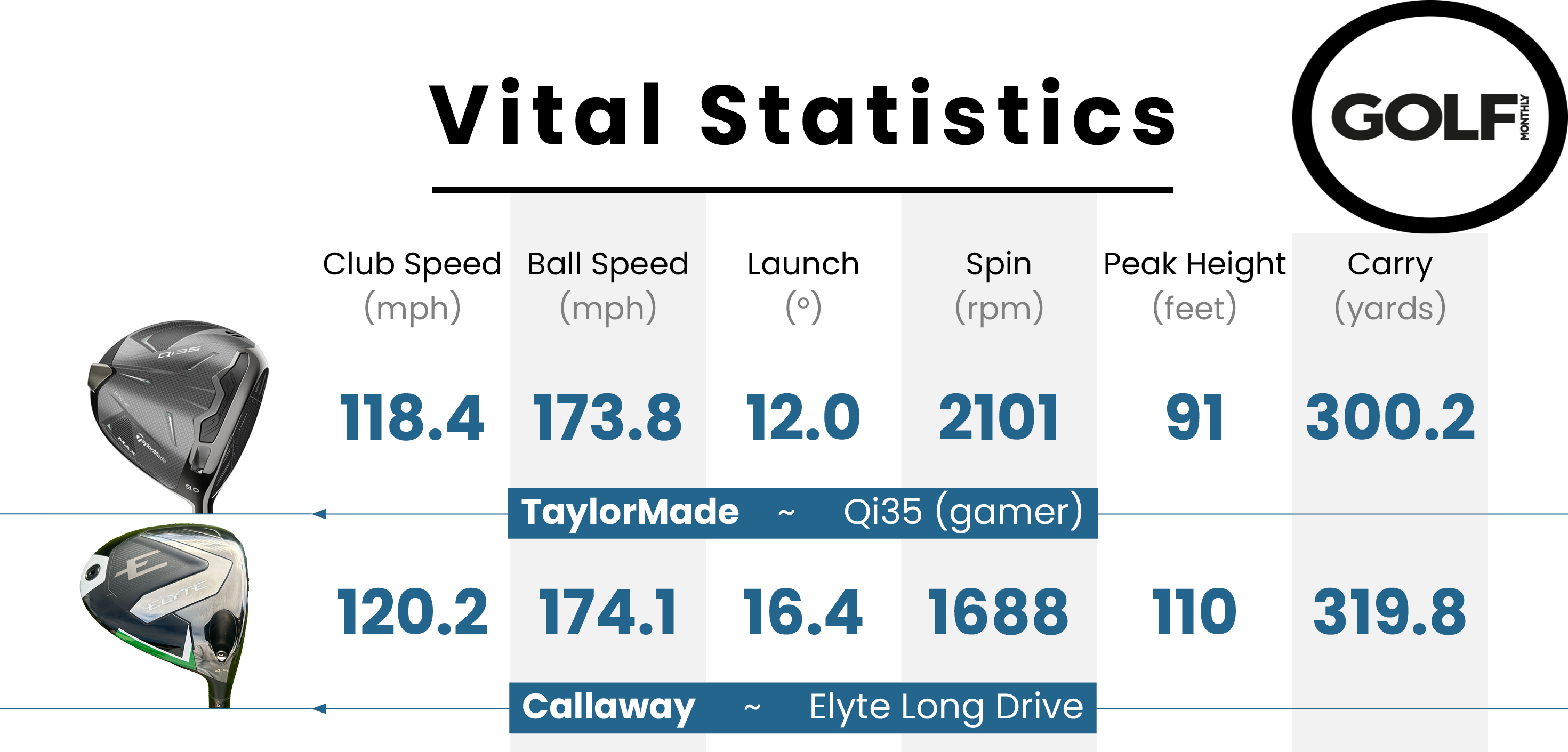
(Image credit: Future)
A 2-mile-per-hour club head speed increase would not equate to anywhere near 20 yards on its own, so for me, the rest of the distance gain would have to be attributed to the change in delivery dynamics that were required just to get this driver off the ground.
Due to the distinct lack of loft (4˚ less than I would normally play), I was forced to tee the ball up double the height, which increased my angle of attack significantly from around 2˚ to nearly 8˚ up on average.

(Image credit: Future)
This aggressive upward delivery would ordinarily cause the ball flight to become unplayably high and spinny for me. However, with such a low base loft in my hand, the spin loft (the difference between attack angle and dynamic loft) was so low that the ball was launching high but with very minimal spin (under 1700 rpm on average), which is an incredibly optimal ball flight for distance.
In truth, I did notice my dispersion becoming a little more volatile, but certainly not as much as I expected or anything to make it unplayable. For 20 yards more carry, I could absolutely swallow a slightly wider dispersion on certain golf courses in the right circumstances.
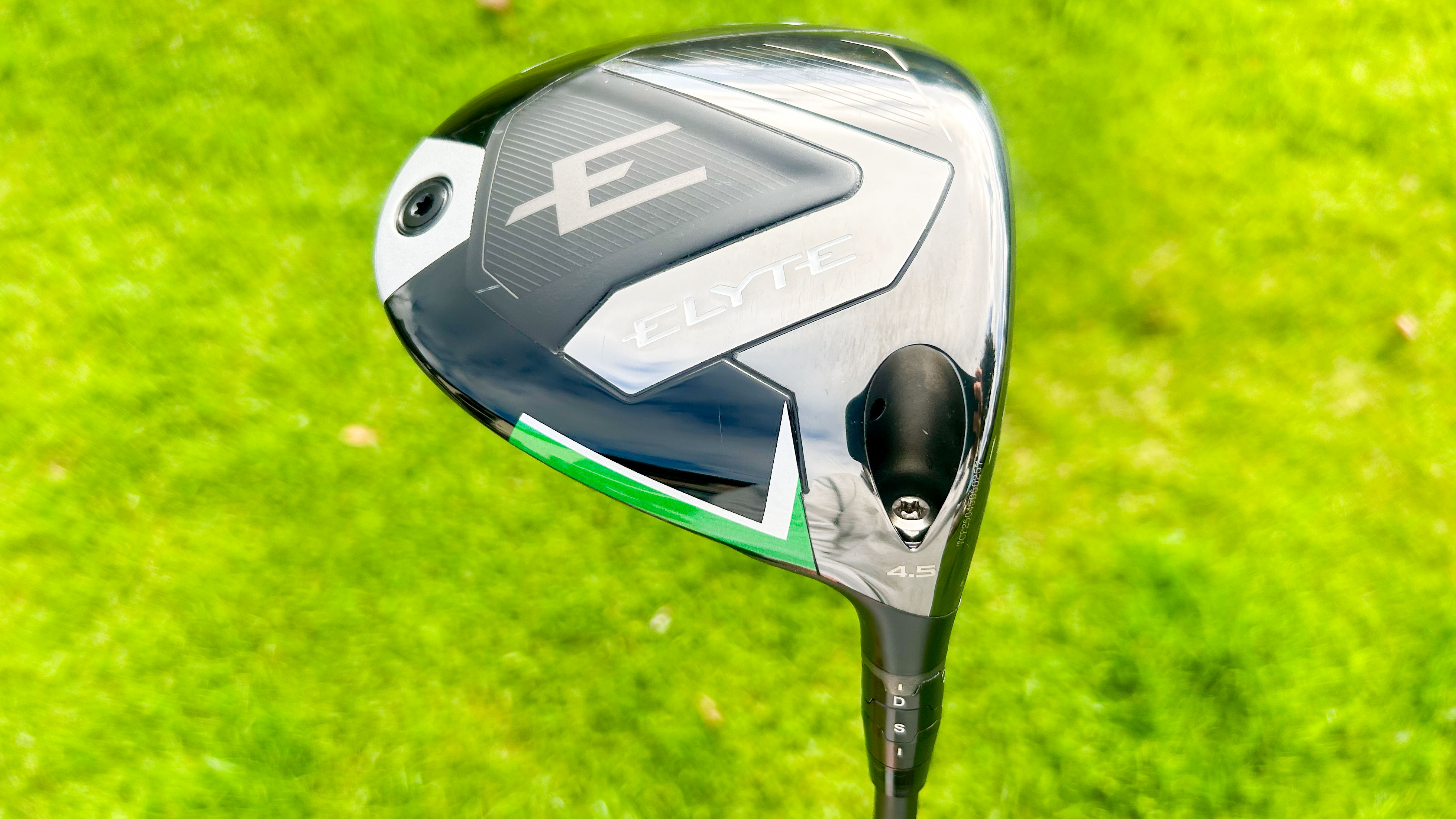
(Image credit: Future)
I absolutely need to do a lot more testing, specifically around the shaft, as I would like to see if I could get even more yardage out of a softer shaft, such as the TPT shaft James was gaming in Scotland.
Furthermore, I will certainly need to get the driver out onto the golf course to see how I react mentally to this massive change in a real-life scenario with the consequences of water hazards and out of bounds. However, if all goes well, it looks like there’s every chance the ultimate niche weapon might just find a permanent place in my bag.

